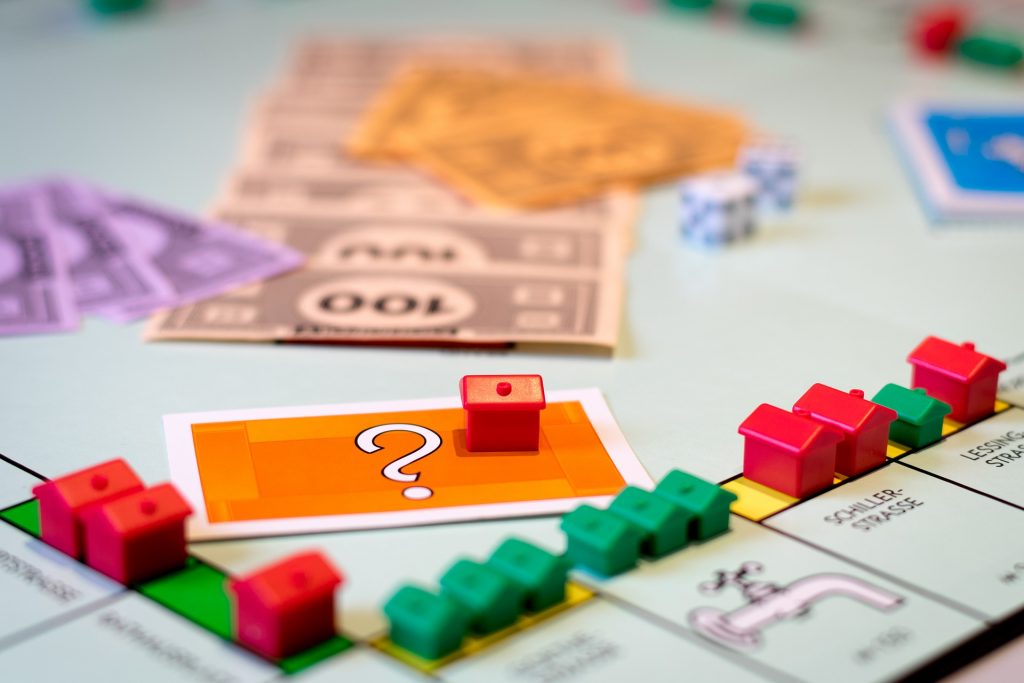Quantitative easing, debt, low interest rates — that is not real wealth. At some point, reality must get priced. That asset which was once considered the safest thing – cash — might no longer be as safe.
We are starting to see social problems of a divisive housing market play out in Australasia and the UK. And at least one political party seeks a wealth tax on higher net-worth individuals.
My concern is those rising home prices are fuelled by very high levels of household debt. And you know what Warren Buffett said about swimming naked. ‘When the tide goes out…’
Well, when the tide of inflation does finally catch up, there could well be widespread economic distress.
You have to go back to the 1920s and ‘30s to find these circumstances in history.
The Spanish flu pandemic infected 500 million people between 1918 to 1920. It is what happened directly after that is interesting.
After the First World War and pandemic, the 1920s saw expansion of the money supply. A release of pent-up demand. Roaring asset prices. An economic recovery through technology — principally electrification and mass rollout of automobiles thanks to Henry Ford.
We see many of these features following the Covid pandemic. An expanded and debased money supply. Pent-up demand flooding in. Record home prices. A resurgence of a bull market in stocks. Digitisation of the economy. The promise of ground-breaking technology to expand global mobility via electrification of transport, 5G, and autonomous vehicles.
But look at what happened in the 1920s. If we don’t learn from history, we are bound to repeat the same mistakes…
Already a Member? Sign In Here
